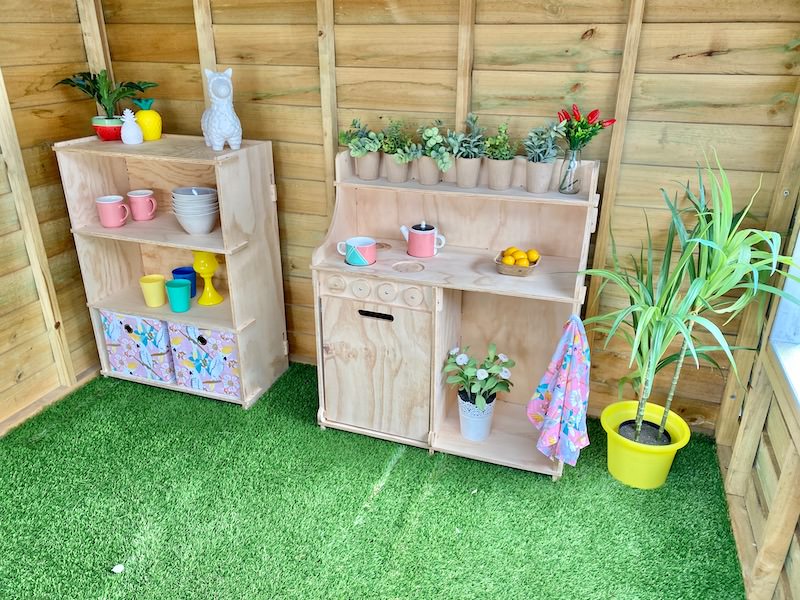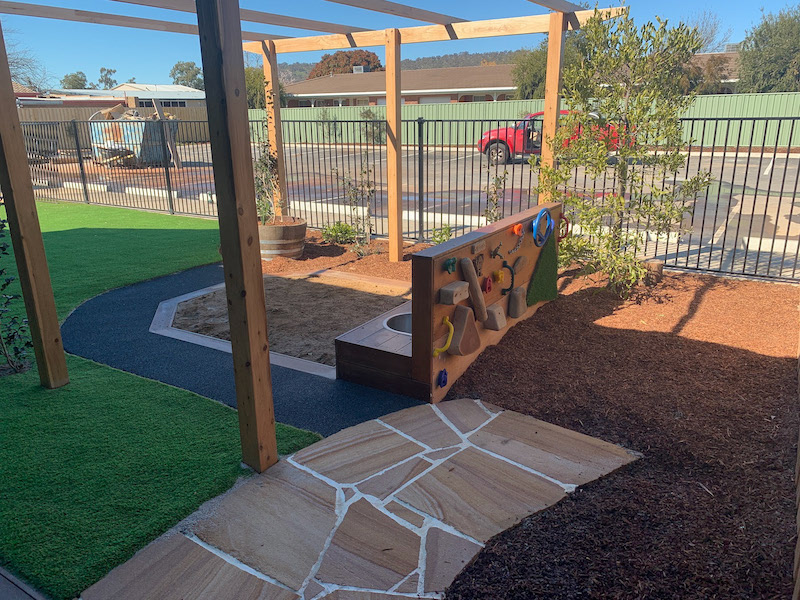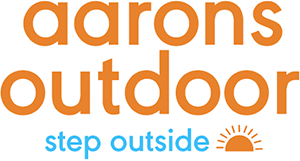Play is essential for the healthy development of children. Through unstructured and imaginative play, kids can exercise their creativity, develop problem-solving skills, and engage children in physical activities. Inclusive playgrounds allow all kids to exercise both their minds and bodies.
Traditionally, playgrounds and playscapes have provided opportunities for fun and engaging freely. However, more playground designers are now considering ways to incorporate educational elements into play areas as well intentionally. This aims to make playtime a richer learning experience that can also support learning.
By integrating subtle educational components, playscapes can seamlessly blend playfulness with skill-building. School playgrounds allow kids to release energy during the school day, socialise with classmates and explore the world around them. Some examples include using puzzles or interactive stations related to science, technology, engineering, art or math concepts.
Natural elements like manipulatives made from wood or stones allow kids to explore concepts like sorting, patterns and number recognition. Literacy can be fostered through open-ended play prompts or interactive story elements. Creative play structures inspire imaginative role-playing around community helpers, transportation vehicles or animal habitats.
Thoughtfully designed educational playscapes avoid overt instruction and instead make learning an incidental part of fun, social, self-directed play. This allows children to follow their interests and develop at their own pace while still gaining exposure to important school-readiness skills. When incorporated carefully, educational enhancements only serve to enrich standard school playground equipment without compromising its primary purpose of facilitating active, carefree play.
Benefits of Educational Playscapes
Educational playscapes provide numerous advantages for childhood learning and development. Children can explore hands-on learning opportunities through natural play when playgrounds integrate subtle educational elements.
This makes abstract concepts more concrete as kids connect physical activity with cognitive development stimulation. Educational playscapes expose youth to valuable pre-kindergarten skills in a low-pressure, enjoyment-driven manner.
They can help foster vital abilities like physical abilities, problem-solving, critical thinking, communication skills and collaboration, allowing children to explore independently. Most importantly, educational playscapes keep playful learning intriguing and kid-led.
They prioritise play so children are still actively engaged through self-guided amusement rather than passive instruction. This helps sustain children’s innate learning motivations through toys, creative social play and sensory-rich outdoor fun.
Integrating Key Educational Elements
When incorporating educational elements into playscape design, certain subjects tend to translate especially well into engaging play opportunities. For an educational twist, incorporate history, science, or literature themes into the RPGs, encouraging children to learn about these subjects playfully and engagingly. The following highlights some prime candidates for integrated learning through interactive playground features.
Math
Math concepts like numbers, patterns, sorting and classification can be explored through playground activities hidden in plain sight. Examples may include numbered stepping stones, puzzle pieces that fit into log frames, or objects to count and group by shape, size or colour within a natural landscape. Sand and water zones provide a tactile way for kids to experiment with measurement.
Science
The outdoor space invites kids to observe natural phenomena in a fun context. Examples include bug collecting, leaf identification, growing plants or experiencing wind and buoyancy principles through play.
Interactive lessons on physics, chemistry and the five senses can also be discretely folded into playground designs. However, they are filled with complex ideas and topics that can be challenging for some children to learn.
Incorporating STEM subjects into play can encourage children to learn about STEM while having fun. STEM playgrounds are designed to teach children about science while they play.
Literacy
Stories can spring to life through pictographic signs, captioned scene areas or photo props for role-playing. Playhouses offer space for children to bring stories, characters and plotlines to life through imaginative dramatic play. Word and letter playground games hidden along paths pique emerging reading interest.
Arts
Built-in easels, musical instruments and open-ended craft stations empower free expression. Sculptures and murals inspire, while natural materials invite kids to build, design and decorate freely. Artistic play nourishes creativity, fine motor development and self-expression or higher self-esteem.
Technology
No touchscreen devices are needed – large outdoor puzzles, light-up pathways, and activities that foster cause-and-effect thinking to develop vital technological skills in an analogue format. Designs avoid screen time and leverage the benefits of active, social, and creative play.
How to Integrate Education Into a Playground
Several effective approaches exist to integrate educational elements into a school’s playground design thoughtfully. It’s important that all features, first and foremost, support open-ended, child-led play.
Rather than overt standalone lessons, educational aspects should be subtly woven into age-appropriate fixtures. Examples include digging areas with number stencils or shovels of different volumes for budding math minds.
Naming plants and printing facts on signs pique little scientists. Story signs, props and creative play structures let emerging readers bring books to life themselves. Musical features, artistic materials and craft areas open doors to self-expression.
Building with manipulatives, climbing geometric shapes and exploring light and sound toys nourish developing minds or mental well-being. Well-integrated educational elements always focus on a playground’s primary role as a forum for unfettered physical activity, social bonding, emotional well-being and imaginative play. With care, playgrounds can nurture both a love of learning and a love of play.
Aaron’s Outdoor – Where Play Meets Purpose
Integrating subtle educational elements into playscape designs has numerous benefits for supporting children’s holistic development. When done carefully and playfully, playgrounds can nurture important school readiness skills while maintaining their essential function of facilitating active, creative and social play.
Heading outside to the playground and taking activities down to a more practical level allows them to switch up the learning environment to make subjects more engaging and enjoyable for pupils in primary school.
At Aaron’s Outdoor, our goal is to create unique outdoor spaces that blend educational enrichment with fun, exploration and physical activity. We draw from the latest research in child development and applied learning theories to conceptualise engaging play areas.
If you want to learn more about how we design educational playgrounds or want to incorporate these elements into your own playscape project, contact us. We would love to discuss innovative ways to nurture learning and play.







